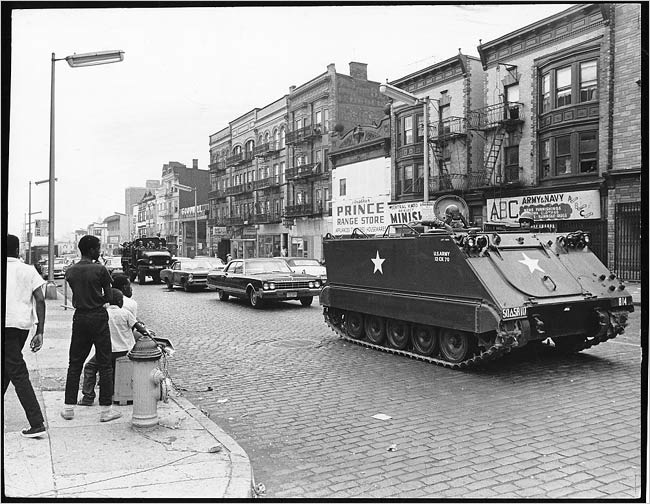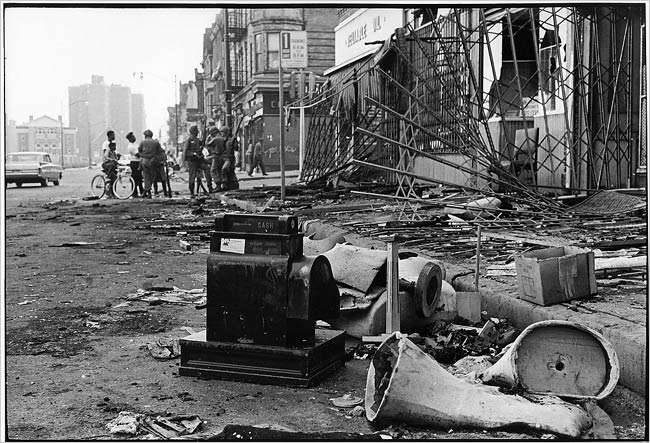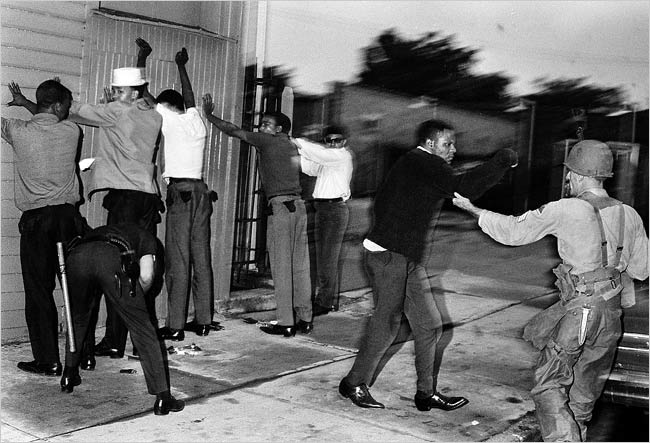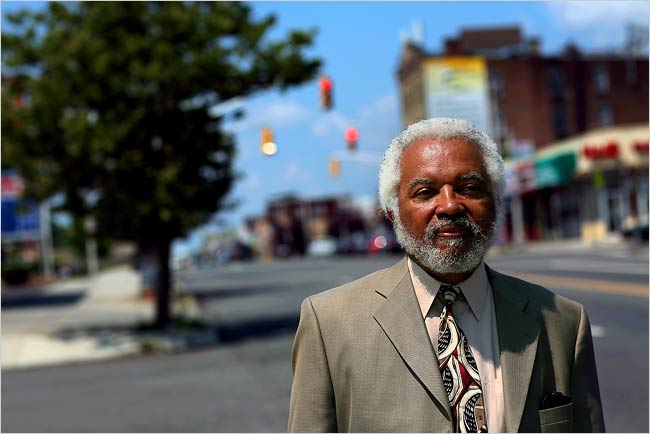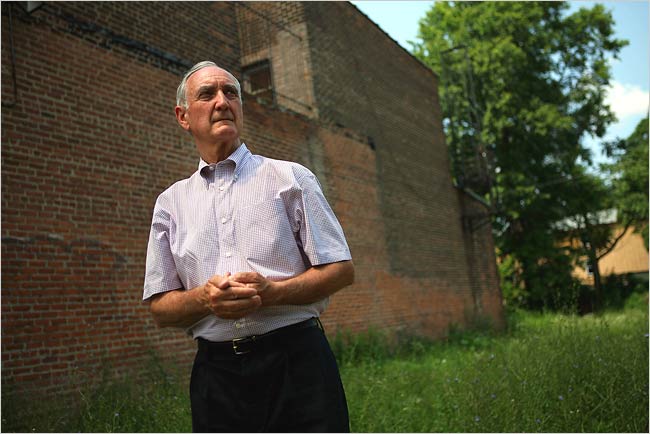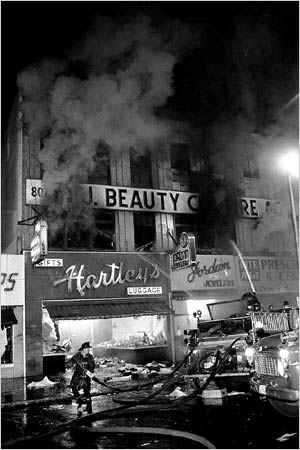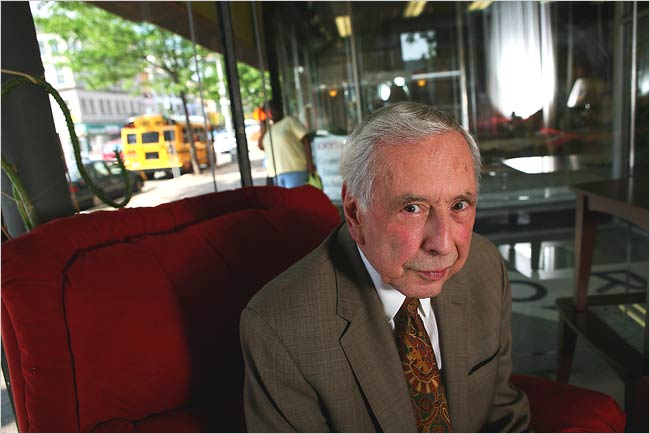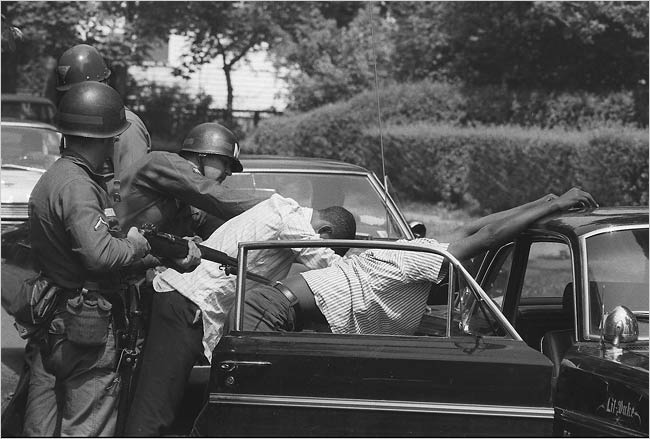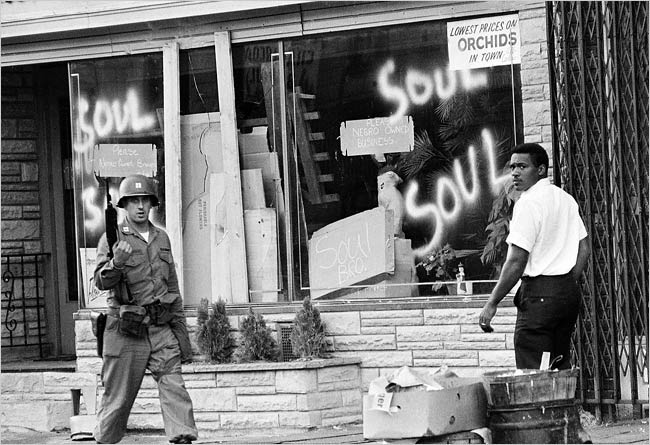Through a Prism of 40 Years, Newark Examines Deadly Unrest - July 8, 2007 |
||||||||||||||||||
|
||||||||||||||||||
Don Hogan Charles/The New York Times |
||||||||||||||||||
| On the night of July 12, 1967, a false rumor that police officers had killed an African-American cabdriver set off widespread violence in Newark over the course of five nights, 23 people were killed, 700 were injured and arches of property were scorched. | ||||||||||||||||||
|
||||||||||||||||||
Benedict J. Fernandez/Vision Fotos |
||||||||||||||||||
| The episode marked Newark as a national symbol of racial disparity, police brutality and urban despair. | ||||||||||||||||||
|
||||||||||||||||||
Associated Press |
||||||||||||||||||
| People still cannot agree on how to describe the violence. Some say it was a "riot," others a "rebellion." Those seeking middle ground choose the neutral "disturbance." | ||||||||||||||||||
|
||||||||||||||||||
Richard Perry/The New York Times |
||||||||||||||||||
| Junius Williams was a law student and member of Students for a Democratic Society. "I came here to be on the cutting edge of the movement," he said. | ||||||||||||||||||
|
||||||||||||||||||
Richard Perry/The New York Times |
||||||||||||||||||
| Paul Zigo, a former National Guardman, in front of a building where he was nearly shot. They were "the most tense and fearful days of our lives," he said. | ||||||||||||||||||
|
||||||||||||||||||
Associated Press |
||||||||||||||||||
|
